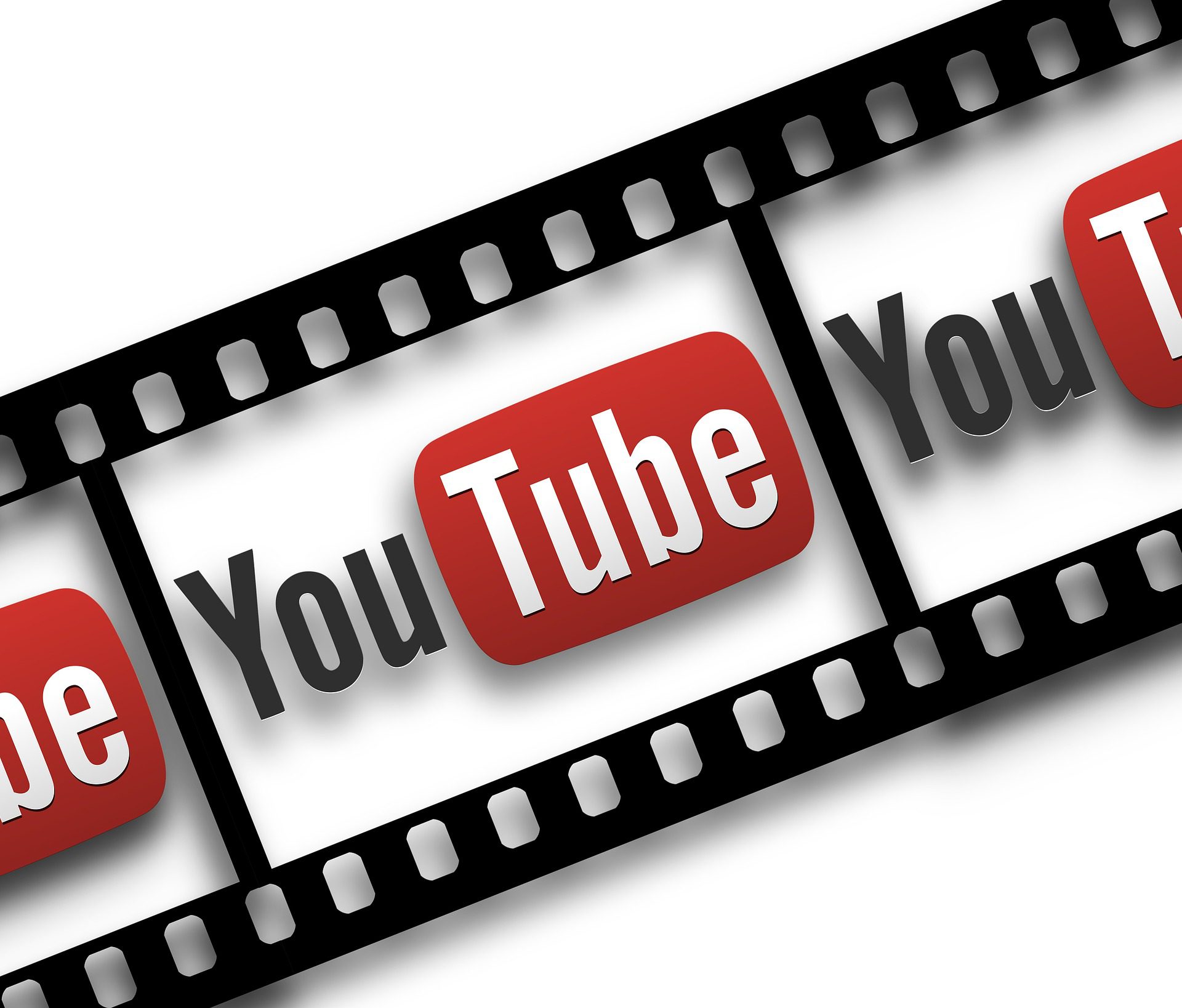Who knew? YouTube is an advertising giant in the streaming industry. And YouTube is becoming increasingly vital as more people stay at home and stream content in light of recent news events.
According to App Annie, in 2019, YouTube made a whopping $15 billion on ads alone. The news comes courtesy of Alphabet (the parent company of Google): for the first time since Google acquired YouTube in 2006, Alphabet has released YouTube’s ad revenue. And the figures are staggering, accounting for almost 10 percent of Google’s overall $161 billion revenue in 2019.
Why This Matters
The news is important because it underlines YouTube’s dominance in an increasingly crowded arena. As App Annie points out, on Android phones, about 70 percent of time spent on the top five video streaming apps worldwide was on YouTube. The platform, a pioneer in the world of video streaming, continues to hold its own. That’s telling. As Forbes notes, “In a market where new streaming video services seem to spring up overnight, YouTube isn’t losing viewers or ad money.”
Also notable: while many of the top apps are Chinese brands, enjoying strong support in China, YouTube isn’t active in the Chinese market—and yet it is still number one in rankings measuring time spent on the top streaming platforms. By a significant margin.
How YouTube Does It
So how is YouTube achieving this cash cow status?
- For one, YouTube delivers an audience, and you need an audience to attract advertisers. As Lifewire points out, YouTube is one of the most popular sites in the world. It’s arguably the favorite video-sharing and viewing site on the web today, offering a range of long- and short-form free content. And as Lifewire notes, “Youtube.com is the second most popular website in both the global market and in the U.S for 2020, even though a huge portion of YouTube views are from outside the U.S.”
- But YouTube also does something else: it continuously offers advertisers attractive products. As we’ve blogged in the past, YouTube’s Masthead ad format for TV allows brands to connect with consumers the instant users access the YouTube app on their televisions. The Masthead format is a response to the fact that while consumers aren’t watching as much linear TV, they are still using their televisions as a tool for experiencing streaming platforms like YouTube. In other words, YouTube understands viewing trends, and is staying nimble in its bid to connect with advertisers in an informed way.
What Can Be Learned from YouTube’s Success?
We can draw two conclusions from YouTube’s enduring popularity:
- First, streaming platforms, especially Netflix, cannot help but notice how well an ad-supported format on YouTube has been working. Netflix—and other competing platforms—certainly must be feeling more pressure to create advertising products. And that’s good news for brands. (I blogged about Netflix’s potential adoption of advertising in this post, “Why Netflix Might Embrace Advertising.”)
- Second, YouTube’s growth likely bodes well for apps like Quibi (another destination for streaming video that relies on ads). Quibi is endeavoring to carve a niche in a crowded field; YouTube shows them what’s possible, and arguably creates an environment ripe for inspiration.
Clearly, streaming platforms offer an attractive opportunity to advertisers. Note also that in light of recent events, it is expected that more people will turn to streaming platforms such as YouTube. Per a blog post from PMG, “Popular media platforms such as YouTube and Tik Tok will also likely see a monumental boost as kids and teens spend more time online and at home” during temporary school closures caused by the COVID-19 pandemic. YouTube, with its combination of innovation and reliability, is proving to be a model for succeeding with ad-supported shorter-form streaming. In its quiet bid for dominance, YouTube has become a leader.
Contact True Interactive
Want to learn more about YouTube, and the opportunities that exist for advertisers in the streaming community? Contact us.
